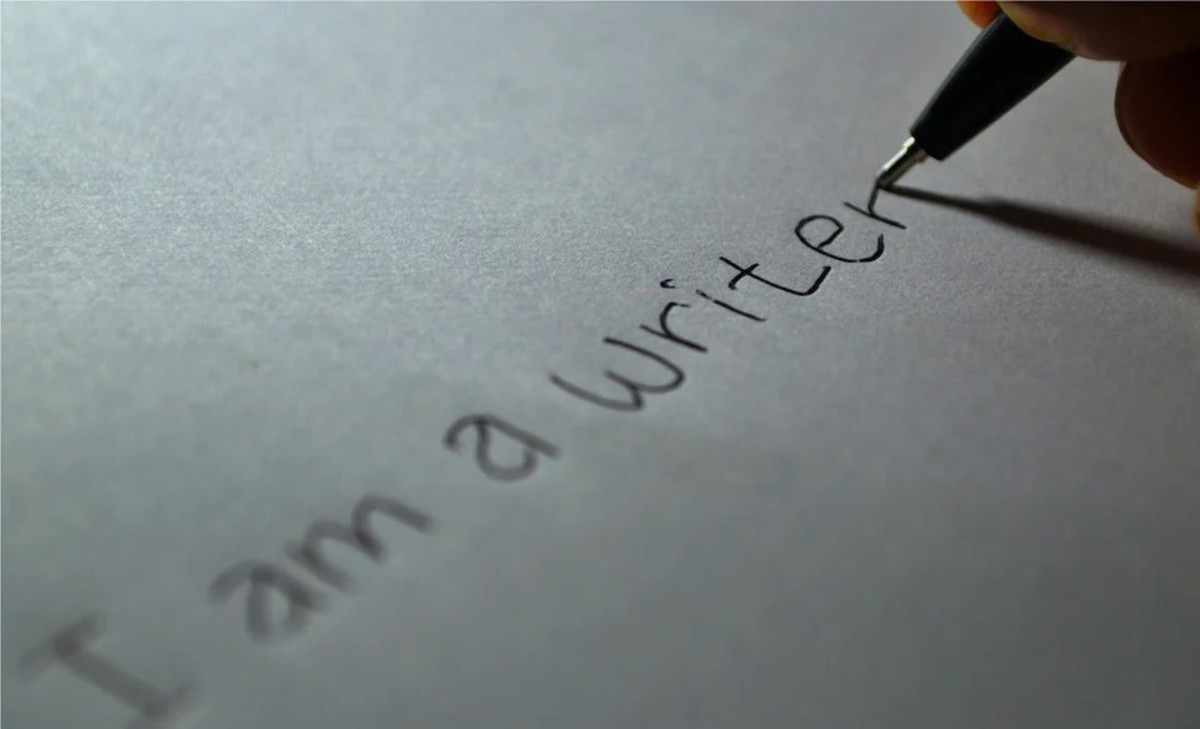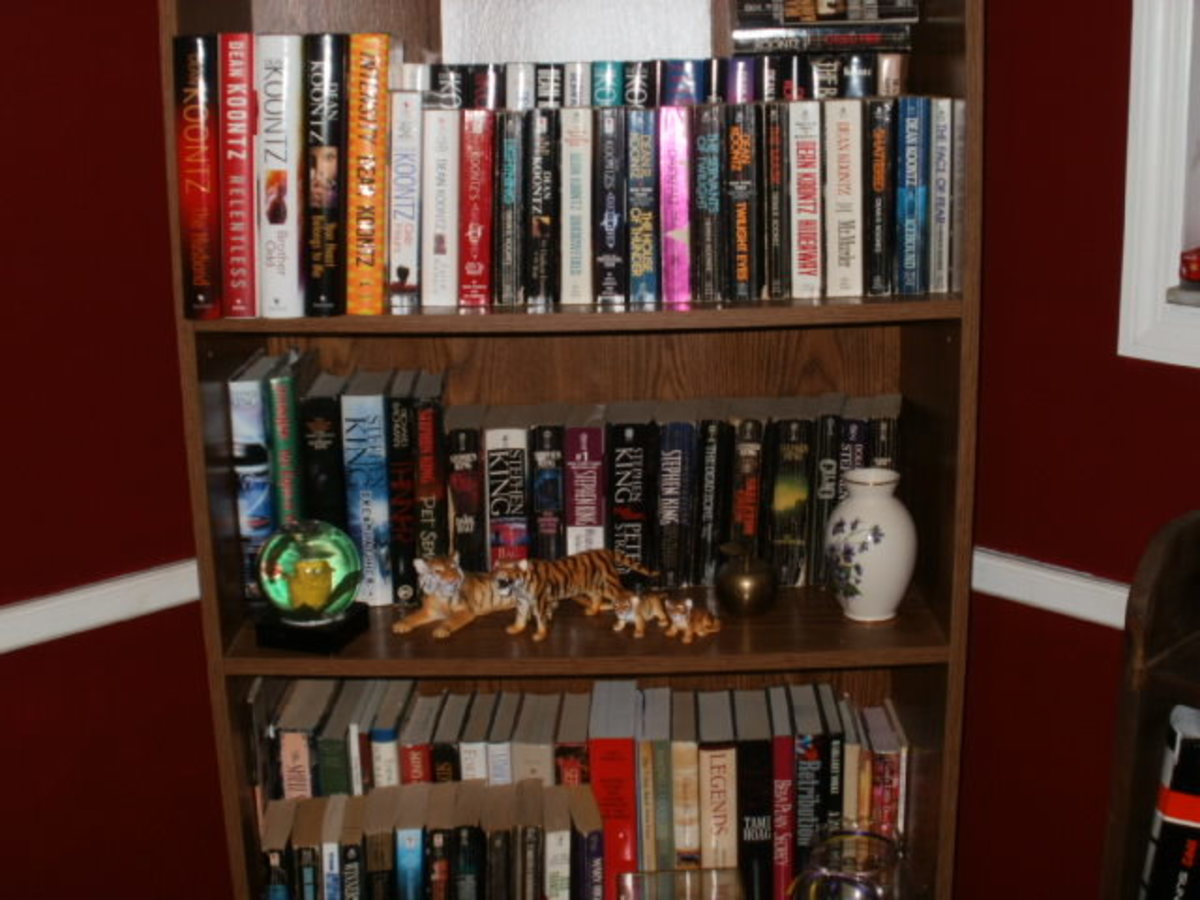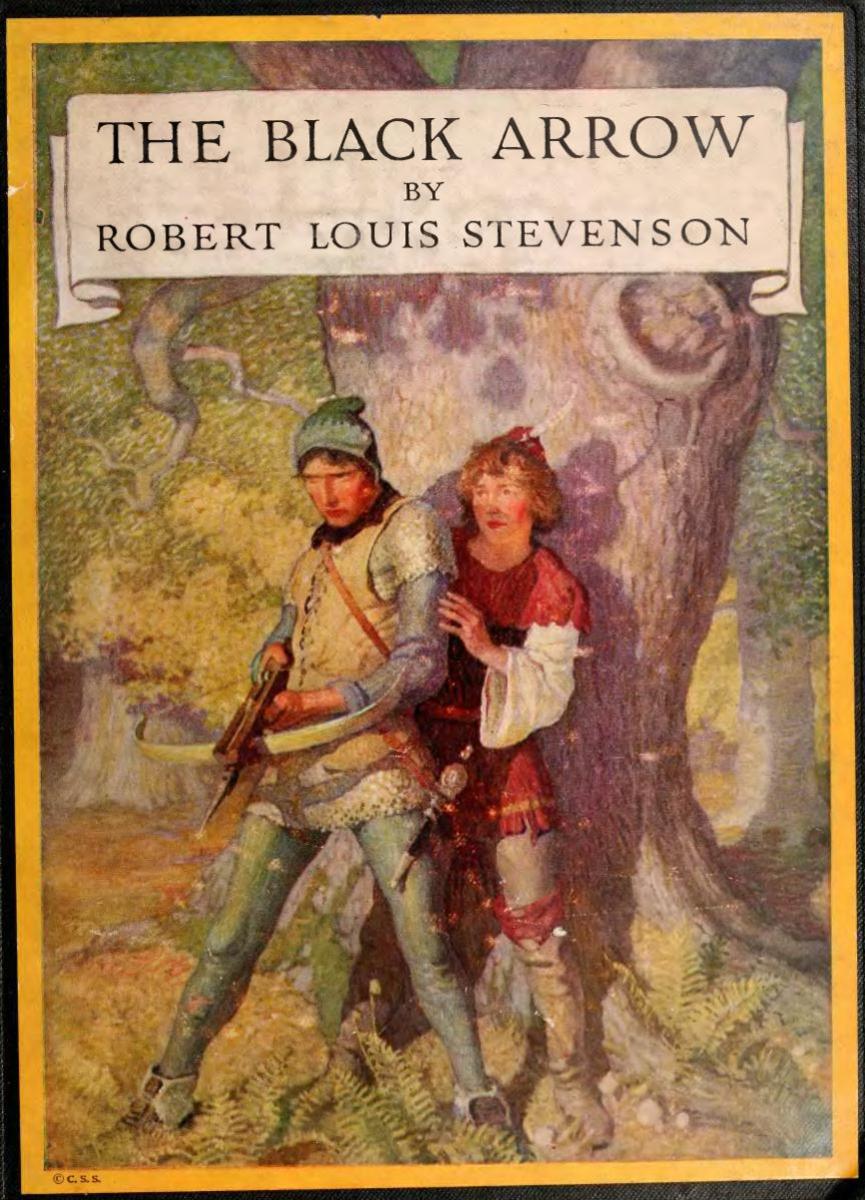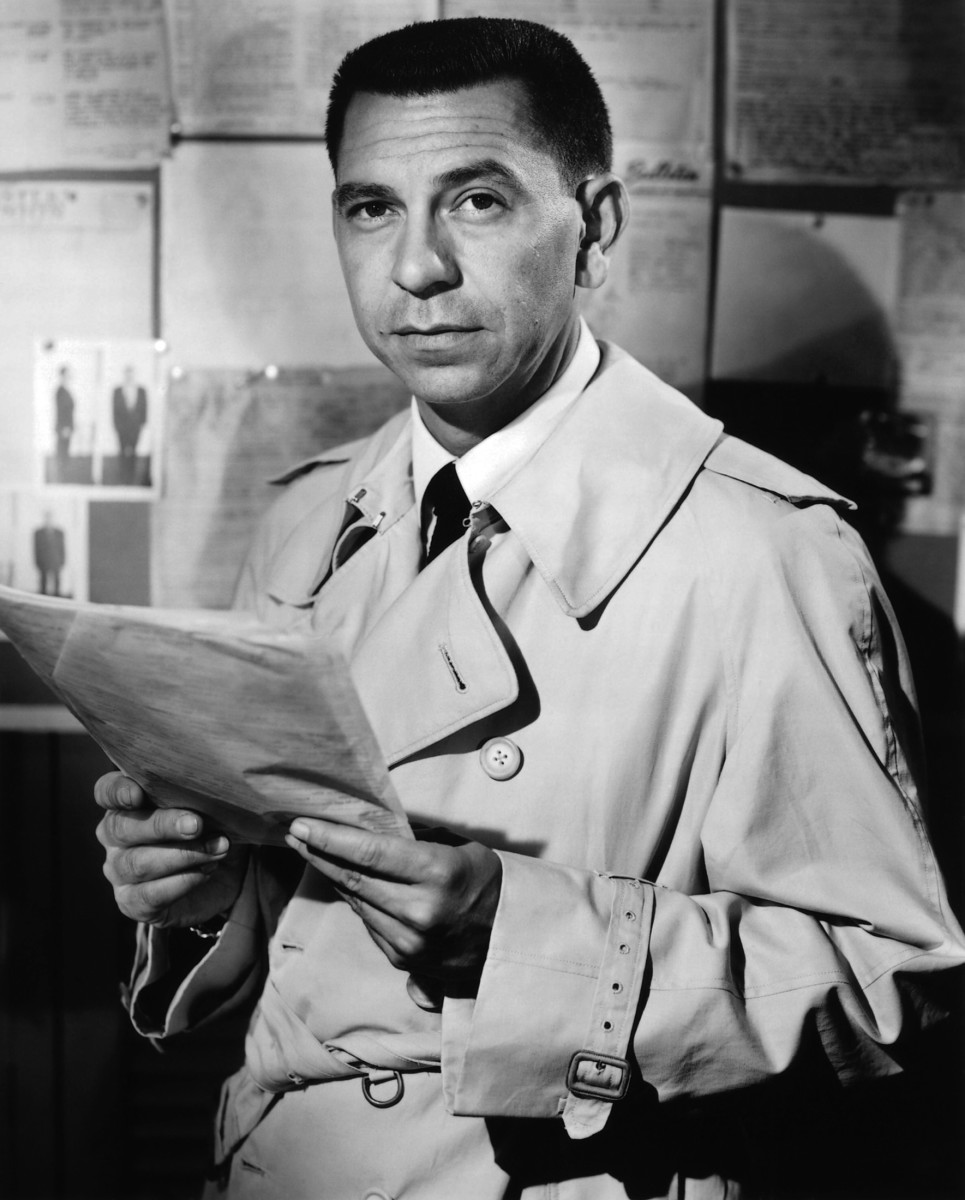6 Ways to Write a Short Story that Sounds Good

Robert Louis Stevenson on Patterns on Writing
As Robert Louis Stevenson, author of Treasure Island points out, writing good prose is more challenging than poetry because the latter already has a set pattern which sounds pleasant. But with prose, the writer must invent a pattern. Stevenson calls this "the final art of literature."
Note the "s" and "ing" sound in the sentence below:
"Claws were growing through her fingers, bursting through the pale flesh."
It is this sort of echoing sound that gives the sentence its lyrical quality.
Note the rhythm of:
"Her lips, her eyes were the same. The symmetry of her limbs unchanged."
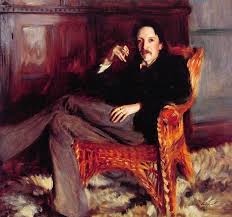
Choose Words For Their Sound
Vowels give softness – a,e,i,o,u. Consonants strengthen the sound of words. Words that are difficult to pronounce are harsh on the ear. Long words are usually more pleasant to the ear than monosyllables –Cut. Put. Cat. Dog. Aunt. Words which are a mixture of long and short syllables are the most musical. Delicious. Mesmerising. Cadence.
How to Create Music With Words
- Choose words that sound good
- Use Repetition
- Write to music
- Avoid Staccato sentences
- Use parallel construction
- Read your story aloud
Create Cadence in Your Short Story With Repetiton
The Japanese writer Mori Ogwai, uses repetition to create cadence and foreshadowing in his short story, The Pier. He accomplishes this by using a single sentence: "The pier is long –––long–––––" which appears throughout the story at intervals of about five hundred words.
Write to Music
Cadence in prose comes naturally when the writer develops a ear for music and poetry.
The following excerpt is from a novella written to the haunting and evocative music of Peter Gabriel for the film, The Last Temptation.
"I have been watching and waiting.
I have admired Damayanti's loveliness from the abyss of my nothingness. Swans with wings of gold carry messages of love between Damayanti and her Nala.
But I have always been ugly.
How then expect the delicate lotus eyed beauty, slender waisted maiden to desire me?
I am Darkness to her Light.
And Nala, the glorious sun itself."
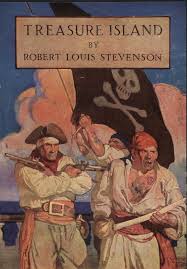
Avoid Writing Staccato Sentences
Unlike poetry, prose should not generally conform to the strictly metrical structure of verse or the result is staccato to the ear. Here's an example:
"John Brown was on his way to school. He saw a starving dog whose ribs stuck out. He knew he had to do something about it. He asked the shopkeeper whose dog it was."
The above paragraph is monotonous because most of the sentences are the same length and the mind needs variety to pay attention. Monotony puts a reader to sleep. (There are a few exceptions to this rule as in a rapid action sequence in a thriller.)
Now compare the above with this:
"On his way to school, John Brown saw a Great Dane by the roadside. The dog’s ribs stuck out and it snuffled about in the garbage heap by the road as though it hadn’t eaten for months. John knew he had to do something about it. Noticing a shop nearby, he decided to enquire about the animal."
Notice here the varying sentence lengths that prevent a monotonous hum in the reader’s ear.
Richard A. Lanham suggests that a writer check for staccato writing by drawing a red slash after each sentence. Two or three pages of this will be enough to tell whether the sentence lengths should be varied.
Another way to avoid the staccato sound is to vary the construction of sentences by placing the subject, predicate and object in different places.
A paragraph should not read:
"John Brown was on his way to school when he saw the Great Dane. The dog’s ribs stuck out and it snuffled about in the garbage as though it hadn’t eaten for months. John Brown noticed a shop by the roadside and decided to enquire about the dog from the shopkeeper. The shopkeeper seemed wary at first, but then softened up to John’s charm and told him the dog belonged to a neighbour."
Notice each sentence begins with the subject. (John Brown. The dog. John Brown. The shopkeeper)
Create Rhythm with Parallel Construction
Although sentences written as above, row after row in a paragraph create monotony, two or three such consecutive sentences can add impact and a sense of rhythm. This is called parallel construction. The sentences below begin with the subject,yet the parallel construction makes all the difference.
"Anahita was the star of the show. She was beautiful. She was funny. She was a great dancer. She knew the secrets of mesmerising her audience. "
Read the Story Aloud
The writer should read his writing aloud. This will reveal the cadence or lack of it, show where punctuation is required, and whether what is written makes sense and conveys the meaning intended.
The Sound of Good Writing
Prose can sound beautiful if it has rhythm, words are chosen for their cadence and the writer uses techniques such as parallel construction and repetition in the right way.


